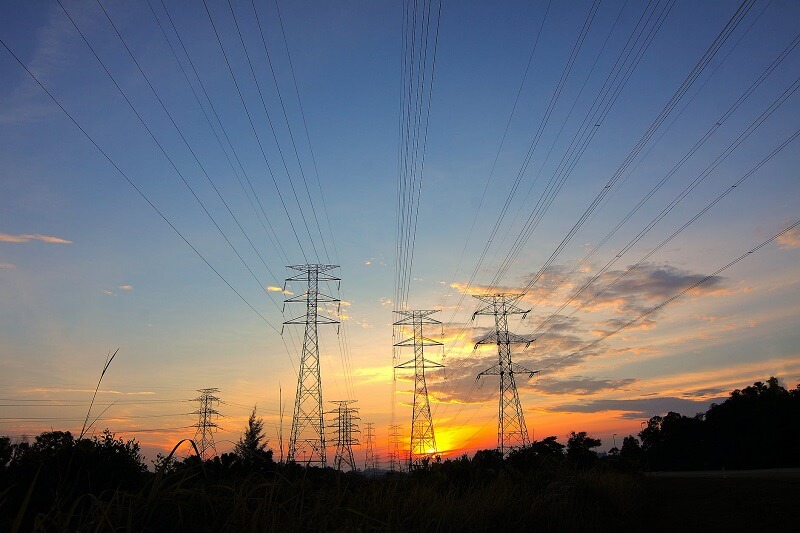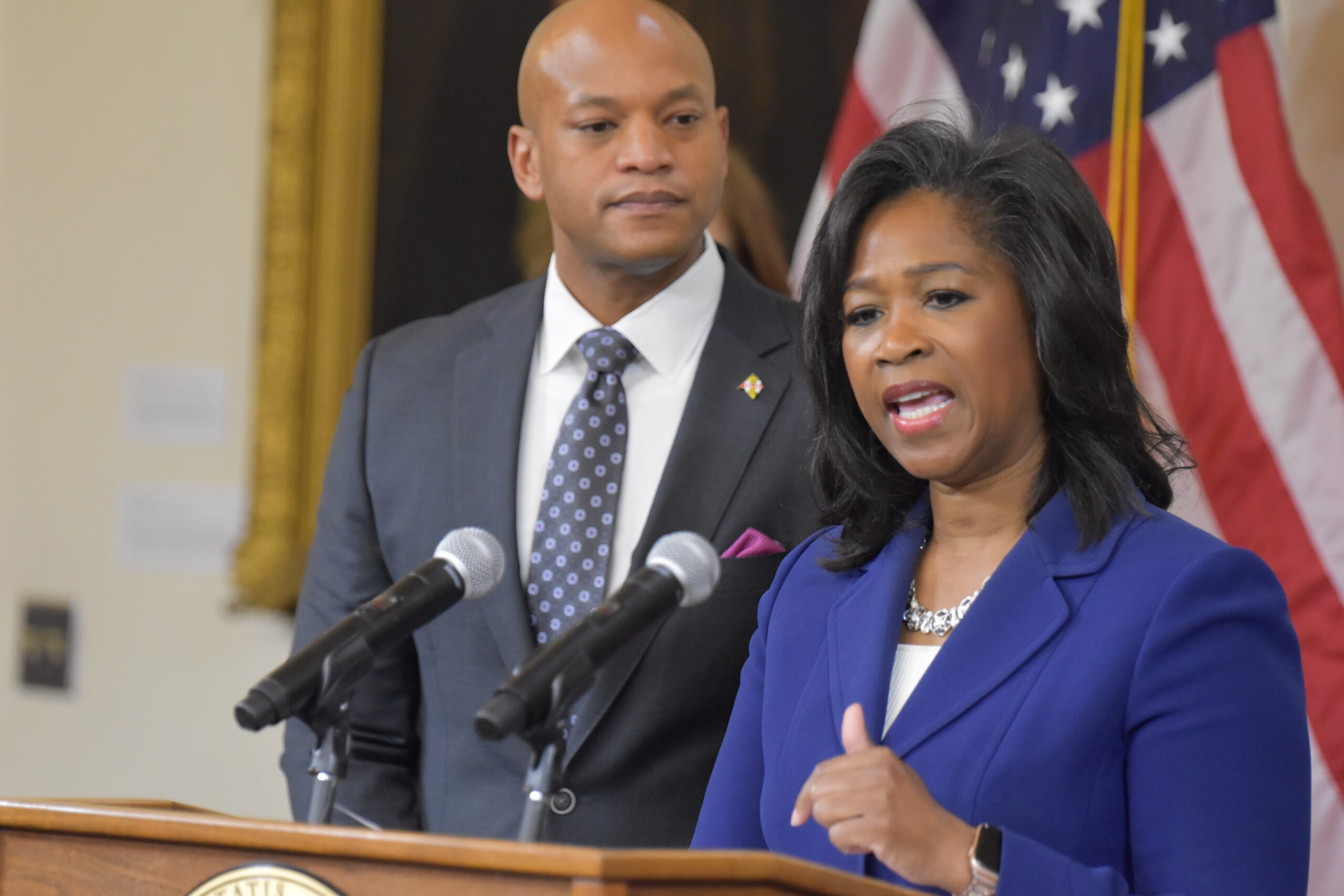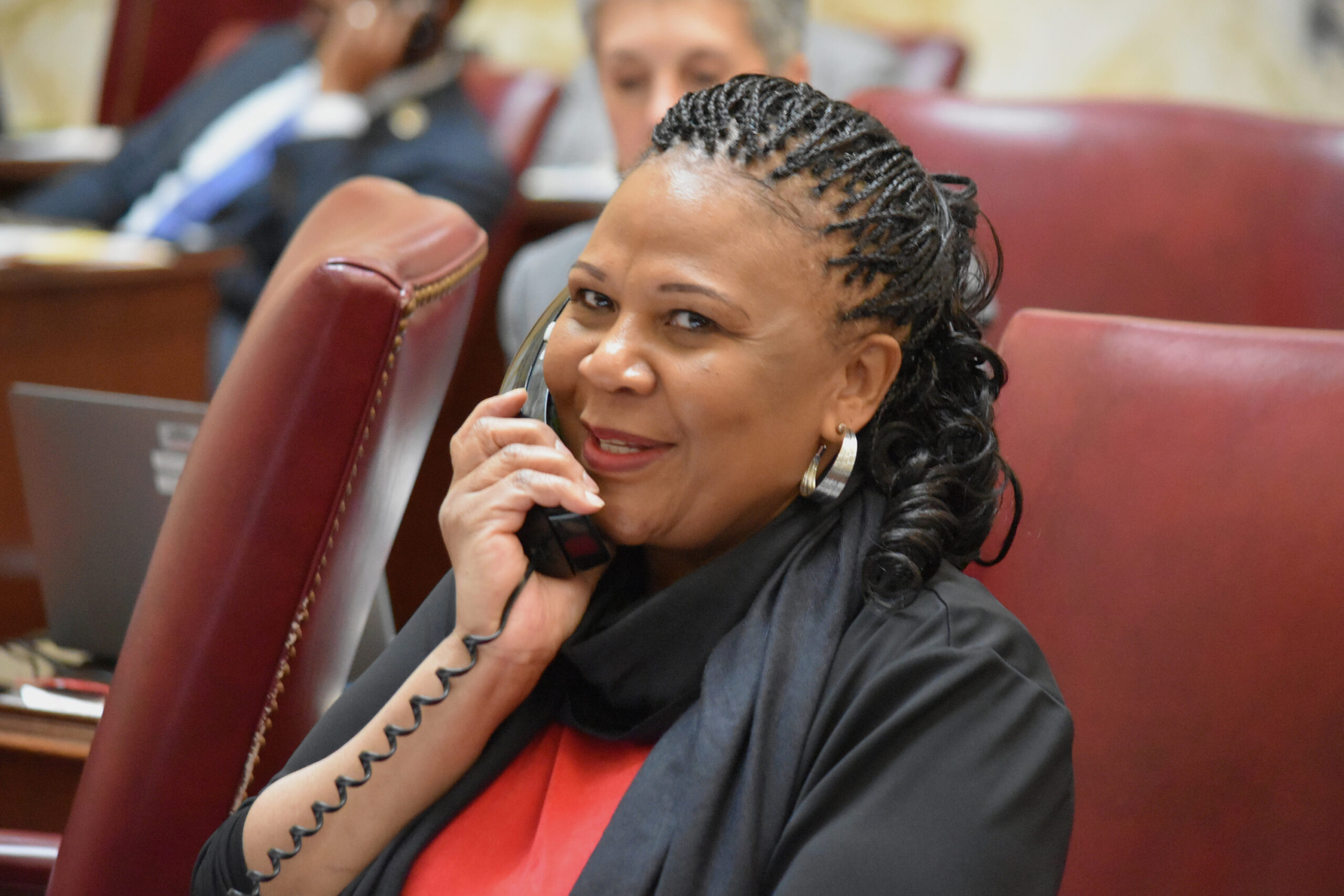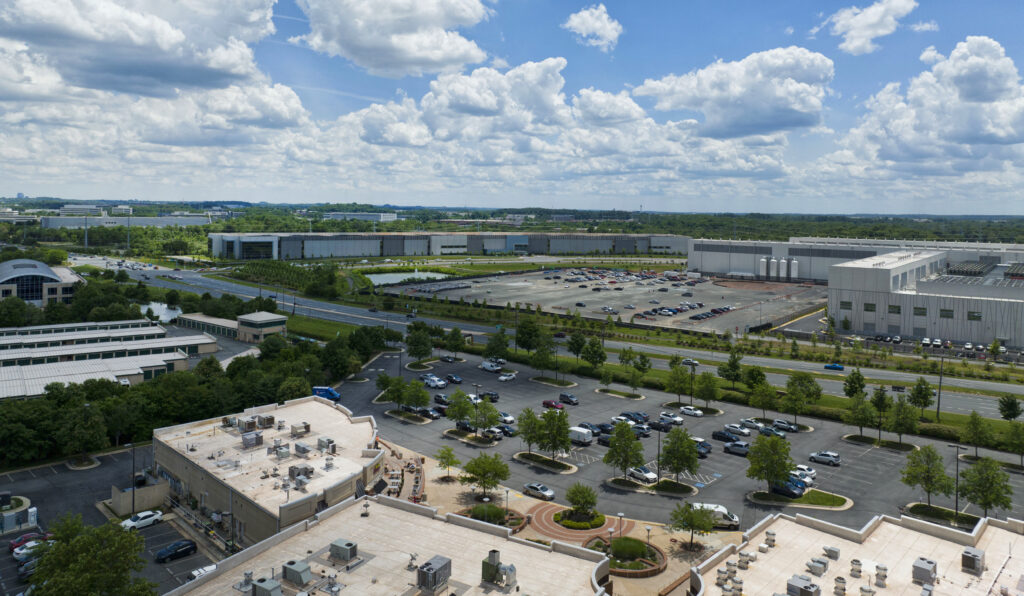2022 Climate Bills Will Focus on Electrification, Including School Buildings and Buses

As the Maryland General Assembly settles into its regular 90-day session, environmental leaders in both chambers are expected to reveal legislative proposals aimed at tackling climate change soon. The Senate draft could be ready as early as next week.
“It’s basically done,” said Sen. Paul Pinsky (D-Prince George’s), the sponsor of the Senate climate bill and the chair of the Senate Environment, Health and Environmental Affairs Committee. “Already, I’ve gotten some feedback from some folks.”
But, despite promises to work together to pass climate change legislation early in session, the chambers have different strategies for doing just that.
The Senate plans to introduce one sweeping climate bill, while the House plans to split the legislation’s provisions into multiple bills.
Pinsky said his decision to propose a single bill reflects his belief that the issue of climate change is all-encompassing and affects Marylanders in multiple ways. “We need to show a breadth of ideas in one bill to show we’re trying to attempt to challenge climate change in a significant way,” he said.
Putting everything in one bill also makes it more difficult for lawmakers to “pick and choose with this issue, but not with that issue,” Pinsky said. Instead, it obligates lawmakers “to make a commitment to climate change or not,” Pinsky said.
The House decided to split its climate provisions into multiple bills so that each is assigned to only one committee to prevent “the unintended consequence of a secondary committee putting the work in the back of their last drawer,” said Del. Kumar Barve (D-Montgomery), the chair of the Environment and Transportation Committee.
“Ideally, [we] would love for our bills to be as close to the same as possible — that’s what we’re aiming for,” Barve said.
A single comprehensive climate bill will probably have to go through multiple committees, which held up the legislation last year. But one large bill could also make it easier for advocates and lawmakers to find at least a few provisions they support and unite behind the sweeping legislation. On the other hand, splitting up climate policies into multiple bills would avoid the challenge of passing it through multiple committees and allow more legislators to be involved with climate bills.
Since the two chambers are very different, it makes sense for them to pursue different approaches in packaging climate legislation, said Victoria Venable, the Maryland Director at the Chesapeake Climate Action Network. However, the different approaches could get confusing for both legislators and advocates, she continued.
“I just hope that neither of [the bills] get watered down or left behind,” Venable said.
But environmental leaders contend that this is only a procedural difference. Most importantly, the policies from both versions of the climate package dovetail, Pinsky said.
“Our final step will be what form to build on, but I’m not worried about confusion,” Pinsky said. “As we get agreement on the policies, the issue of [bills] will work itself out.”
After one or two Senate committees hold hearings on the draft bill in early February, Pinsky says he plans to get the bill through the floor with enough time to collaborate with the other chamber and with plenty of time left to override a veto from the governor, if it comes.
Barve gave no detail on when the House’s climate bills would come out of drafting, but said they will meet with the Senate immediately after and iron out any differences as much as possible.
When a bill reaches his desk during the legislative session, Gov. Lawrence J. Hogan Jr. (R) has six days (excluding Sundays) to sign the bill, do nothing — which means the bill gets enacted into law — or veto it. At the very latest, a bill that reaches Hogan’s desk a week or so before sine die gives the legislature a chance to override it during session.
But since it is the last year of a four-year term, a new legislature could not override a bill vetoed after the end of session.
“We’re going to move it as fast as possible,” Barve said.
Changes to expect in this year’s climate bill
Last year, the Senate and House splintered on major climate legislation, which eventually led to its collapse on the night of Sine Die. In the months leading to the 2022 legislative session, Pinsky and Barve voiced their commitment to work together this year.
Since last year, Pinsky and Barve have met four times in person to talk about what this year’s climate bill would look like, which Barve said was completely different from negotiating remotely last year. “I would never have imagined [meeting in person vs. virtually] could be so different, but it really is,” Barve said.
Electrification is the focal point in the Senate climate bill, which includes provisions that require all new buildings to be electric by 2024 and existing buildings to be net carbon neutral by 2040. Buildings that do not meet those standards would have to pay a fee under the Senate climate bill.
This year’s legislation will also focus attention on making school buildings more energy efficient. The Senate bill requires each county to build a net carbon zero school by 2030 and to electrify school buses, targeting communities that have been disproportionately impacted by environmental harms.
While Pinsky said transitioning to clean energy would probably save school systems money in the long run, the Senate is structuring the bill in a way that doesn’t put undue financial pressure on school systems, he said. “We don’t want to make it so onerous.”
Funding state and local “green banks,” which finance clean energy projects to reduce greenhouse gas emissions, is another key part of the Senate bill.
Like last year, prioritizing communities that have been disproportionately burdened by pollution is key, and the Senate bill will require the Maryland Department of the Environment to work with its environmental justice commission to set a goal for funding projects and reducing emissions in burdened communities.
Barve did not disclose what the House climate bills look like, but said he expects the building section to be almost identical with the Senate’s version. The Senate bill increases the state greenhouse gas reduction goal to 60% below 2006 levels by 2030 and to net neutral by 2045; the House will be very close to that goal, if not the same, Barve said.
Sixty three percent of voters support a new state goal to cut greenhouse gas pollution by 60% by 2030, according to a poll of 807 registered voters by Gonzales Research & Media Services conducted last month for the Chesapeake Climate Action Network. Around half of voters said they supported electrification of new buildings in space heating, hot water and cooking stoves. The poll had a margin of error of 3.5 percentage points.
Since this year’s legislative session is during an election year, it can affect lawmakers’ support in climate legislation, Pinsky said.
Legislators “want to have some issues to run on in this coming election,” Pinsky said. And he said voters should have the ability to decide on which candidate to vote for, based on where they stand on the issue of climate change — something that could be illustrated through their support or opposition for this year’s climate legislation.
Seventy-two percent of Democratic voters in the Gonzales poll said they were more likely to vote for candidates who prioritize clean energy policies, while nearly half of Republicans said clean energy would have no effect on their vote.
Pinsky said lawmakers “have no other choice” and need to pass sweeping legislation this year.
“Some states are going to be recalcitrant, and some nations will be recalcitrant — that’s all the more reason for states that understand the importance of this [to pass] a strong legislation that will [encourage] other states and nations to do just the same,” Pinsky continued.




 Creative Commons Attribution
Creative Commons Attribution